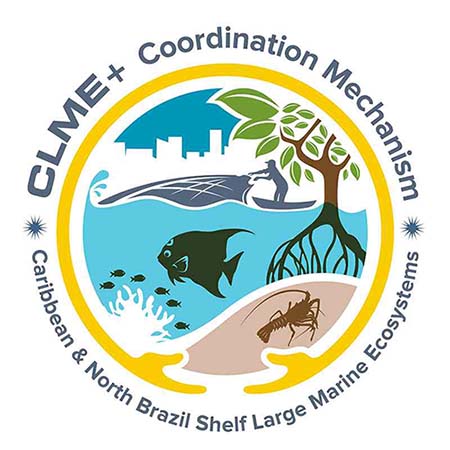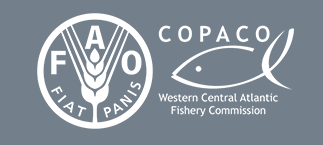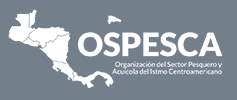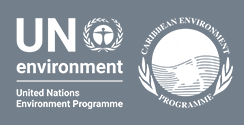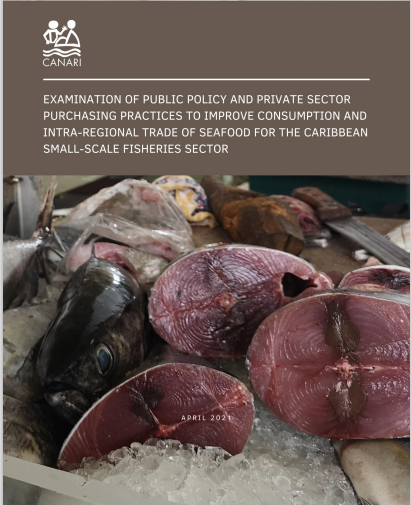
StewardFish: EXAMINATION OF PUBLIC POLICY AND PRIVATE SECTOR PURCHASING PRACTICES TO IMPROVE CONSUMPTION AND INTRA-REGIONAL TRADE OF SEAFOOD FOR THE CARIBBEAN SMALL-SCALE FISHERIES SECTOR
In the Caribbean region, small-scale fisheries play a vital role in the economies of coastal communities and rural livelihoods. Fisheries provide important sources of income, employment, food and are an essential aspect of many people’s identities. If done sustainably, increasing the consumption and trade of seafood in the Caribbean region contributes to several positive economic outcomes, including increased food security, enhanced income, and reduced food importation bills. It can also have positive socio-economic outcomes through improved economic resilience and enhanced community health. Within the Caribbean Community (CARICOM), most nations are net importers of food and food products, importing a combined USD 5 billion in 2018. The trend follows in the seafood sector, with national and regional supplies of seafood and fish products generally unable to satisfy robust demand across CARICOM nations. Further, while seafood consumption in the Caribbean region is high1 compared to global averages, it is 30 percent less than comparable Pacific Small Island Developing States. In simple terms, there is significant room for increasing both intra-regional (CARICOM-CARICOM) trade of seafood products and the consumption of regional seafood products. This report outlines the results of a review of public policy and private sector purchasing practices related to the intra-regional trade and consumption of seafood products in the CARICOM region. The review was conducted by interviewing 14 key informants and reviewing related national and regional policies and other documents. Moreover, this report enumerates the challenges to trade and consumption, the opportunities that exist and recommendations that could be followed to address challenges and leverage existing opportunities. Among the main challenges to trade of seafood products are those related to transportation, cold chain management, regulations and non-tariff barriers, including the use of ‘outdated’ trade legislation. The main challenges to seafood consumption included the high cost of seafood when compared to protein alternatives; low taxation rates of ‘cheaper’ imported seafood products; insufficient supply of products that are attractively packaged and processed; inadequate levels of consumer awareness of alternative species; and inadequate incentives for incorporation of seafood into government programmes, such as school feeding programmes. Despite these challenges, numerous opportunities exist to enhance intra-regional trade and consumption of seafood products. These include making use of underutilised species; linking seafood consumption to dietary solutions to non-communicable diseases (NCDs); improving value addition and reducing product wastage and capitalising on increased interest in the sustainable blue economy.
 2
2


 Report issue
Report issue